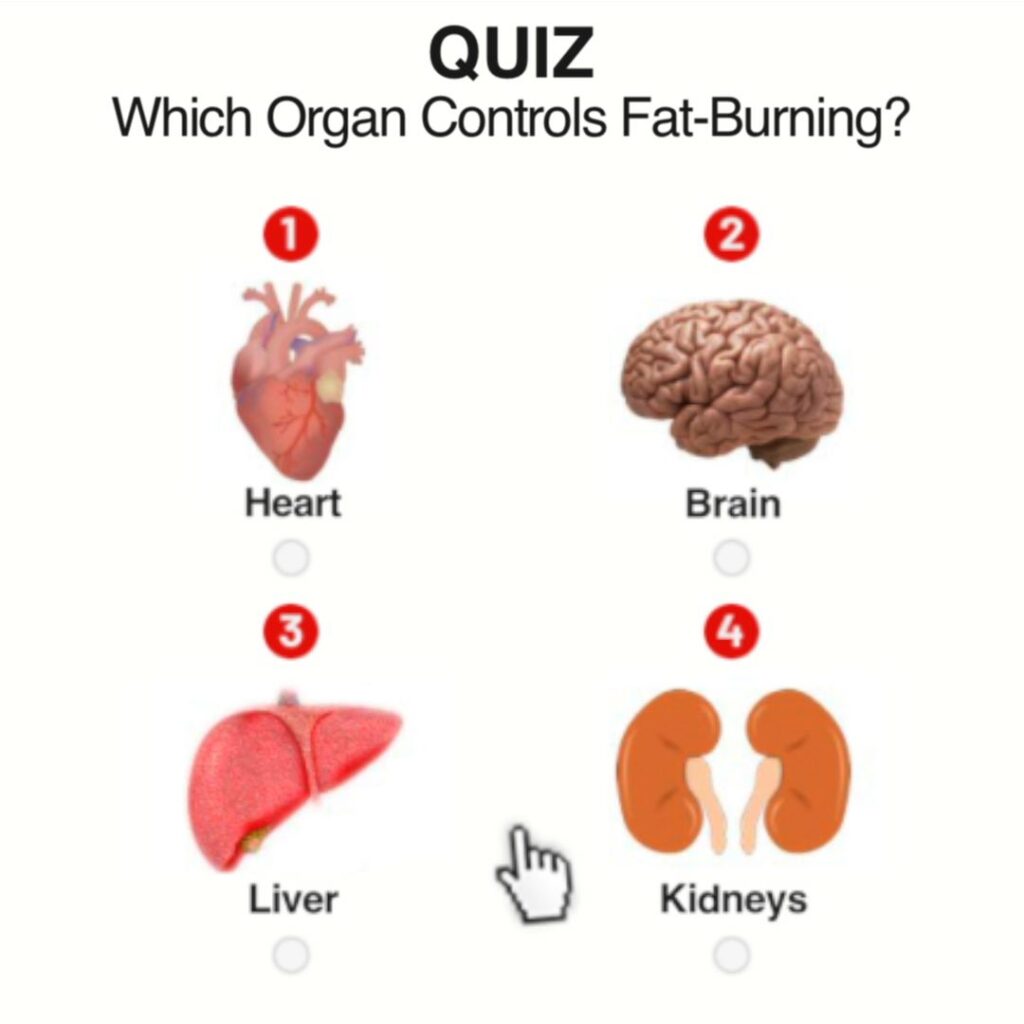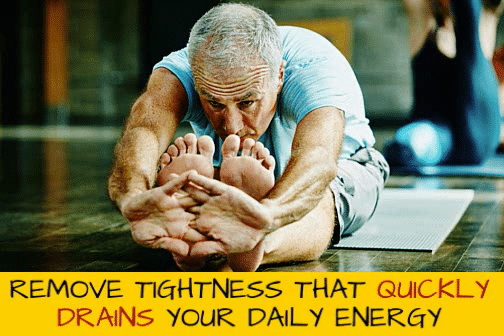5 Essential Full-Body Exercises for Athletes

5 Essential Full-Body Exercises for Athletes Sprint – STACK
I get it. You want to become a better athlete but still build slabs of muscle. You want to look capable of great things athletically and have the skills to back it up.
Your typical “body-builder” splits, isolation exercises, and high-pump workouts won’t cut it. Instead, a blend of full-body exercises that require coordination, speed, power, movement and pure strength will build you into a strong, shredded, athletic machine.
High volume body-part splits are not best for high performance gains—they focus too much on individual muscles rather than the body moving as a unified machine.
With these five full-body exercises for high performance gains, we address rhythm, strength and power while minimizing training imbalances. Include at least one of these exercises in every workout.
1. Power Clean
The Power Clean is one of only a few resistance-training exercises that require timing, coordination and total body power that translates into athletic performance. It trains explosive triple extension to improve hip extension in athletic tasks such as sprinting and jumping. It also build muscles by thoroughly working the glutes, hamstrings, traps, forearms, quads, rhomboids and rear delts.
2. Sprint
Ask yourself: “What sports aren’t made better by improving sprint speed?” Speed reigns in athletics. Sprinting requires cross-extensor coordination, power, speed and strength to both generate and absorb force with running. As a muscle-builder, sprinting requires high-velocity, high-force muscle contractions that stimulate the release of major anabolic hormones such as HgH and testosterone—similar to heavy, multi-joint resistance training.
With any kind of sprint work, start conservatively and look into hiring a coach. Sprinting is a skill that must to be taught to optimize performance and decrease injury risk. If you’re looking to use sprinting as a tool and you’ve been out of the game for awhile, start conservatively. If you’re an athlete, program your sprints before you hit the weights and aim for full recovery. Sprinting is neurologically demanding—sprinting while fatigued increases injury risk exponentially and should be avoided.
Beginners and de-conditioned individuals should start with no more than six to eight sprints for 20 to 40 yards on the first day while emphasizing full recovery (1-3 minutes).
If you’re looking to sprint solely for metabolic training and conditioning purposes, perform Hill Sprints to reduce over-stride injuries like hamstring pulls.
3. Bench Press
The Bench Press has its critics, but few exercises develop upper-body strength and muscle better than the classic bench. For most athletes, I suggest tucking the elbows at 45 degrees. A shoulder-width grip puts the shoulders in a much less vulnerable and more stable environment. Avoid going too narrow, as this can cause the scapulae to slide into anterior tilt and aggravate the shoulder.
Overhead athletes and athletes with shoulder injuries must make adjustments, however. In these cases, Barbell Floor Presses, Dumbbell Presses and Weighted Push-Ups serve as great alternatives.
Additionally, most athletes love to bench press—you’ll get all-out effort and a desire to excel. A motivated athlete will work hard; sometimes the trade-off is worth the intensity and work ethic.
4. Rotational Medicine Ball Throws
Sports are rarely played solely in the sagittal plane, and power is vector-specific. That means you must develop power in movement patterns similar to your sport for it to transfer. Rotational Medicine Ball Throws are great for athletes who punch, swing, throw or pass to develop power and strength rotationally. Med Ball Rotational Throws require the transfer of force between the upper and lower body, developing rotational power with loaded hips and challenging the hips, glutes and obliques to work together.
For performance gains and nervous system activation, Throws are best performed first in a workout, improving your strength and power for the reminder of the workout.
Sets/Reps: 2-3 x 3-5. Rest 60 seconds between sets.
5. Bulgarian Split-Squat
Single-leg training is essential for athletes, because it engages the lateral sub-system muscles of the gluteus medius, the adductors and quadrates lumborum. Bulgarian Split Squats develop balance, mobility, strength and size without much spinal compression. Bilateral lifts are still a great option, but adding single-leg training in the form of Bulgarian Split Squats will really eliminate common weaknesses in athletes.
Whether you’re a competitive or recreational athlete, there’s no point to create an impressive physique if it becomes a walking ball of fail during competition. Building high performance gains will improve your performance as long as mobility, multi-directional ability, strength (relative and absolute), and speed are maintained or improved with full-body exercises. Avoid gimmicky exercises in programs; mastering these basic movement patterns will make it happen.
Original post found at: http://sports.yahoo.com/news/5-essential-full-body-exercises-132000633.htmlP.S. All of the above exercises are important for developing good strength and conditioning. It is also crucial to incorporate stretching and core isolation movements in your daily regimen.
P.P.S. Visit Exercises for Diabetics Today for easy workouts you can start now . . . and be ten pounds lighter in five weeks.






